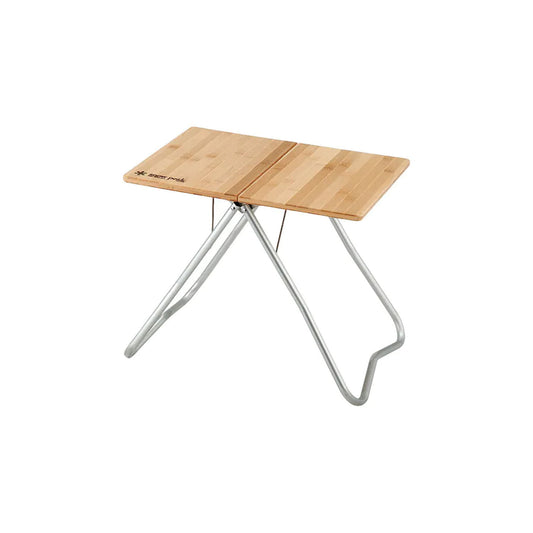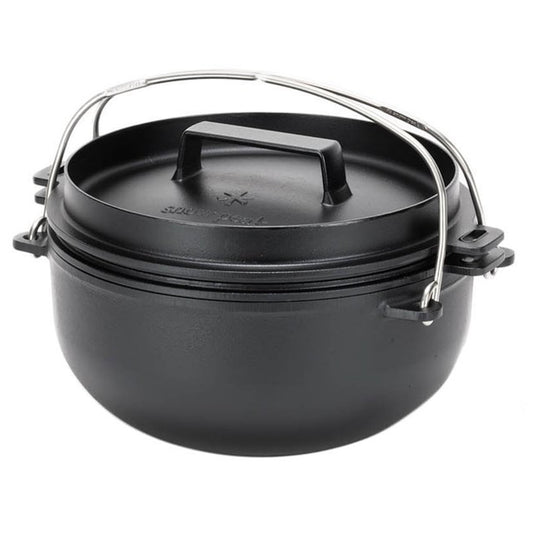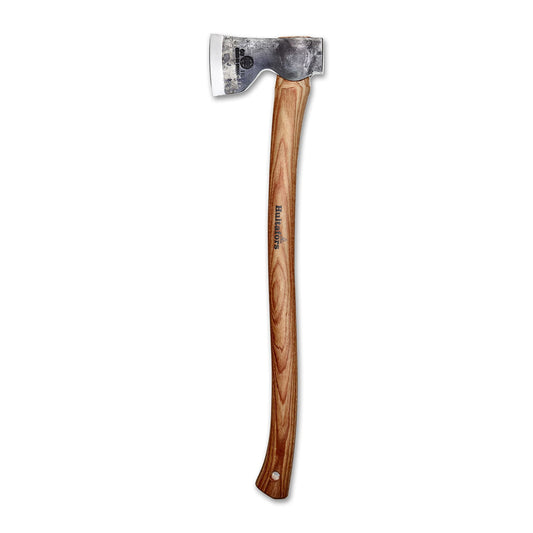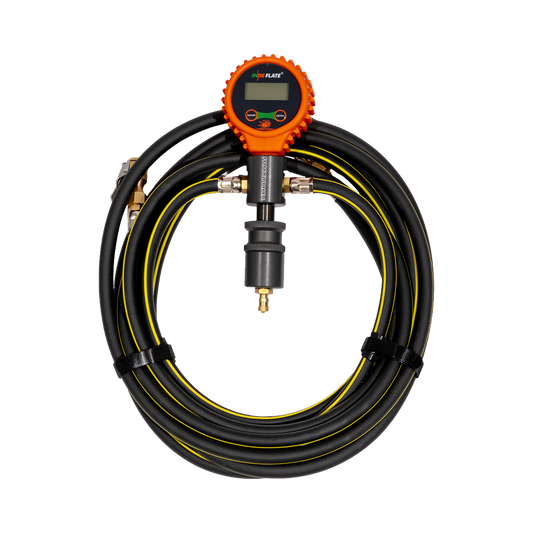The Next-Gen Ford Ranger has undoubtedly captured some hearts, so we thought it was high time we featured one here in the builds section of Adventure Curated. We try to avoid sharing widely available press releases or testing stock vehicles that you can drive yourself at the dealer. Instead, we keep an eye out for the opportunity to review complete builds to share our thoughts on how the vehicle handles in the real world and show how they have been modified.
In this instance I managed to line up a day out in Norweld’s new Next-Gen Ford Ranger while it was briefly in Perth. So Dion from Norweld and I headed out in the Lancelin dunes north of Perth, which gave me some highway time and plenty of time off-road.

Our first stop of the day was the at the local weighbridge. Those familiar with the Adventure Curated Trip Planner app will know I have a keen interest in vehicle weights and the positive impact on safety, reliability, and performance when you get it right.
For the weights feature of our app, we work with a starting ‘real world’ empty weight. This includes the vehicle plus all of the permanent accessories but it is without any gear and is equivalent to no fuel and empty water tanks. In this instance, we removed all of the equipment and one of the spares (one full-size spare is usual) and subtracted 67.2 kg from the weighbridge total to account for the weight of the 80L of diesel as the fuel tank was full when weighed (it’s an easy way to do this).
The ‘real world’ empty weight of this 4×4 is 2,521kg. The generous factory GVM has been upgraded with an ARB Old Man Emu kit to 3,500kg which leaves a remaining useable payload of just shy of a full tonne.

Adding back in the weight of a full fuel and water tank this Ranger still has the remaining capacity of 872kg which is plenty for travellers, gear and food and gives room for those looking at compact canopies and heavier accessories like rooftop tents.

Next-Gen Ford Ranger Handling
On the highway this Ranger is effortless to drive. It’s quiet in the cabin and accelerates superbly while overtaking. For this test we had no load so I can only speculate, however, the 6 cylinder 3.0L turbo diesel produces 600Nm of torque and felt suited to haul it’s full payload without issue.
On the highway the Intelligent Adaptive Cruise Control is worth mentioning. For those new to this type of system it senses the vehicles ahead and slows and accelerates your cruise control to maintain a safe gap automatically. It also has lane sensors that were impressively effective. The system can steer you back into your lane if you drift, even around bends, but will command your attention if it senses you aren’t in control, for instance, if you have your hands off the wheel for too long.

In the dunes this Next-Gen Ford Ranger was superb. We dropped the tyres to around 18psi and it was unstoppable. Lower tyre pressures always help with comfort and combined with bypass shock absorbers it absorbed the bumps with easy. While there was no corrugations on the day, I’m pretty sure this setup would handle those quite ok too.
With a low centre of gravity, slightly wider stance and excellent front to back balance it field rock solid at a variety of speeds and attributes. Off-road racers closely examine these elements as well as the power to weight and torque to weight ratios and I feel there are some lessons we can all learn to improve our touring vehicles from them.

The Build
The rear of the Ranger is fitted with a Norweld Deluxe Plus Tray. Norweld trays are renowned for their quality and being built from aluminium they strike a nice balance on the toughness vs weight.
This particular tray weighs 233kg. While I didn’t manage to get the weight of a tub of this exact model it’s estimated at around 130kg -175kg. While the Norweld tray is heavier these initial figures aren’t comparing apples with apples.
The 233kg of the Norweld tray is inclusive of the large rear lockable drawer (60kg), side tool boxes (2 x 10.5kg) and 40L underbody water tank (10kg). While these accessories aren’t optional (they are built as complete units) if you subtract the 91kg of accessories the tray only equivalent is 142kg. When you compare this 142kg to the above tub weight and look at the weight of a couple of long drawers and a water tank for your tub it’s a more realistic, and impressive, weight comparison.

The foundation of a canopy is the mounts and Norweld fabricates these to be extremely robust.

With modern verhicles sensor relocation is difficult and time consuming to get right. Norweld have invested the resources to get this right and features like Ford’s Active Park Assist 2.0 work like factory with this canopy.
Small details like the tail lights being recessed for protection on the trails are also worth noting.

The lockable rear trundle drawer is one of my favourite features of these trays. They are rock solid and as you can see here they small four 1.2m long Maxtrax alongside bags of tools, spares and first aid.

The 40L water tank mounts neatly in the space beyond the trundle drawer. The weight is low and forward of the rear axle. The fittings are all simple and robust and the outlet is gravity fed and avoids the complications of introduce an electric pump.


The rear toolboxes are also handy and are a popular place to mount a compressor like the ARB Twin. They are angled to reduce the chance of damge but bolt on to make it easy to repair or replace if you do. They use Norweld’s proprietary latch and when I headed up the Old Telegraph Track with four Norweld vehicles they all stayed dry and dust free.


With such a wide variety of wheel sizes and offsets in use, the tray’s wheel arches/mud guards can be spaced both lengthwise and inwards and outwards. It’s simple yet clever design.

The GVM upgrade mentioned above, is an ARB Old Man Emu kit. It provides an ~2″ lift, a reasonably standard height increase. This increase avoids any legal issues, and the knock on engineering impacts of larger lifts. The performance BP-51 Bypass Shock Absorbers has been installed which is the same to what I run in my 76 Series LandCruiser. They’re a great option, and certainly allowed this Next-Gen Ford Ranger to float smoothly over the bumps.


The wheels are ROH Assaults and the tyres are Toyo Open Country All Terrains. From memory, these are ~33″ tyres, and the Norweld mounting bracket has a vertically elongated slot to easily store a variety of sizes.

At the front end this build is fitted with an ARB Summit Bull Bar. While I’m usually encouraging of looking for practical opportunities to trim kilograms from builds, I still recommend a full steel bar for travel. The ARB Intensity Solis driving lights are fitted up front.

Twin ARB-rated recovery points have been fitted. The forces in recoveries, especially the dynamic forces with snatch straps/kinetic ropes, can easily damage vehicles and bend the chassis. In the photo below, you can see the extensive engineering involved in spreading the load. If you use a bridle you can further distribute this load between the two points.

The bar is also fitted with a Warn VR EVO 10-S winch. This winch is equipped with a synthetic rope which is a great way to save kilograms and and is the best choice for most recreational applications. Many travellers fit a winch as insurance and use them only occasionally. Warn winches have a reputation for reliability. If you are going add the weight of a winch, it’s probably best to consider a reputable option.


This particular Next-Gen Ford Ranger was a pleasure to drive. Although I didn’t weigh the front and rear axles, this build felt particularly well balanced which off-road translated the loads being soaked up across all four corners of the suspension rather than just the rears.
In comparison to the historic Rangers that I have driven, this vehicle delivered power and torque more effectively which is excellent to see. This is hard to quantify, but I often find that some new cars have great numbers on paper, but off-road, they are outperformed by vehicles that are their theoretical lesser.
This Next-Gen Ford Ranger seems quieter than previous models, and in the cabin, the internal fitout more robust.
The biggest question mark that remains for this Next-Gen Ford Ranger is remote reliability. This is a two part question – how reliable is it (build quality) and how is it to repair if something goes wrong (remote area parts and know how to avoid a tilt tray). Hopefully, Ford and other brands (particularly EV makers) will prioritise these areas so we have an increasingly competitive market.
















